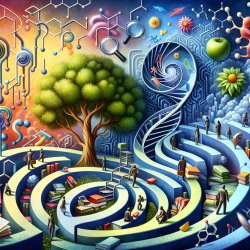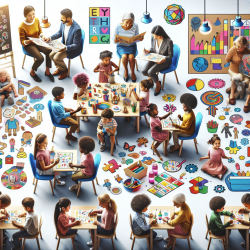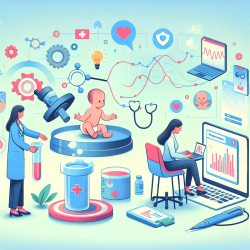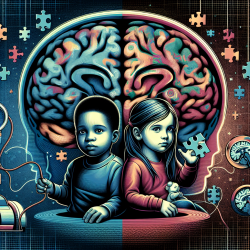Reading disabilities have long puzzled educators and researchers alike. With a complex interplay of genetic and environmental factors at play, understanding these disabilities requires a multifaceted approach. Recent research by Lancaster et al. (2020) provides valuable insights into the biological pathways associated with reading disabilities, offering a new perspective for practitioners in the field.
The Genetic Landscape of Reading Disabilities
The study by Lancaster et al. utilized data from the Avon Longitudinal Study of Parents and Children to explore the genetic underpinnings of reading disabilities. By employing machine learning techniques, the researchers identified several genes, such as RAPGEF2 and KIAA0319, that interact within biological pathways like neuron migration and nervous system development. These interactions suggest that reading disabilities are not caused by a single gene but rather a network of genes working together.
Key Findings
- Gene-Gene Interactions: The study highlights how different genes can have opposing effects on reading abilities, emphasizing the complexity of genetic influences.
- Biological Pathways: Neuron migration and dendrite regulation are crucial pathways that play a role in reading disabilities.
- Behavioral and Environmental Factors: Factors such as receptive language skills, nonverbal intelligence, and maternal education were found to be protective against reading disabilities, whereas low birth weight posed a risk.
Implications for Practitioners
This research underscores the importance of adopting a systems approach when addressing reading disabilities. For practitioners, this means considering both genetic and environmental factors when developing intervention strategies. Here are some ways educators can apply these findings:
- Differentiated Instruction: Tailor educational approaches to accommodate diverse genetic backgrounds and learning needs.
- Early Intervention: Focus on enhancing protective factors such as language skills and cognitive abilities from an early age.
- Collaborative Efforts: Work closely with parents to understand environmental influences that may impact a child's reading development.
The Road Ahead: Encouraging Further Research
The study opens up numerous avenues for further research. Educators and researchers are encouraged to delve deeper into the genetic pathways identified in this study to develop more targeted interventions. By continuing to explore the intricate connections between genes and environmental factors, we can better support students with reading disabilities.
If you're interested in exploring this topic further, I highly recommend reading the original research paper by Lancaster et al. To access it, please follow this link: Identifying interactive biological pathways associated with reading disability.










